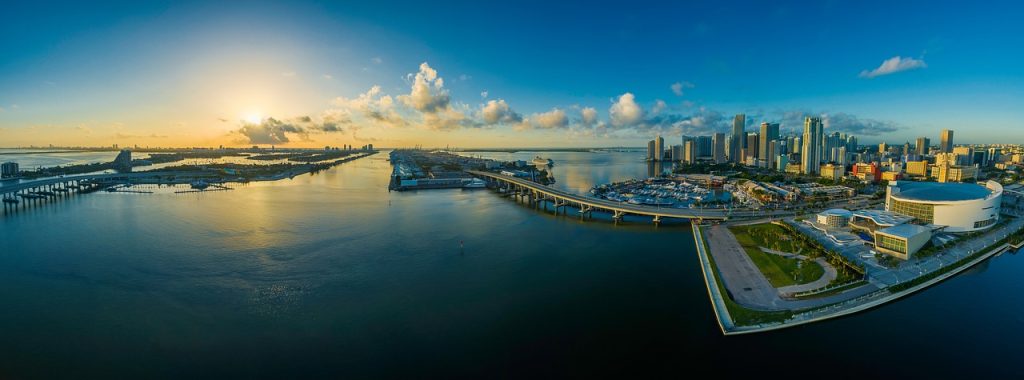Delve
Delve into the heart of nature by exploring faraway countrywide parks and conservation regions which are off the radar of most tourists. From the rugged barren region of Alaska’s Denali National Park to the pristine rainforests of Madagascar’s Masoala National Park, those protected areas offer unheard of possibilities for natural world encounters, out of doors activity, and conservation education. Embark on guided hikes, flora and fauna safaris, and green adventures led via local publications and experts devoted to maintaining those herbal wonders for future generations.





